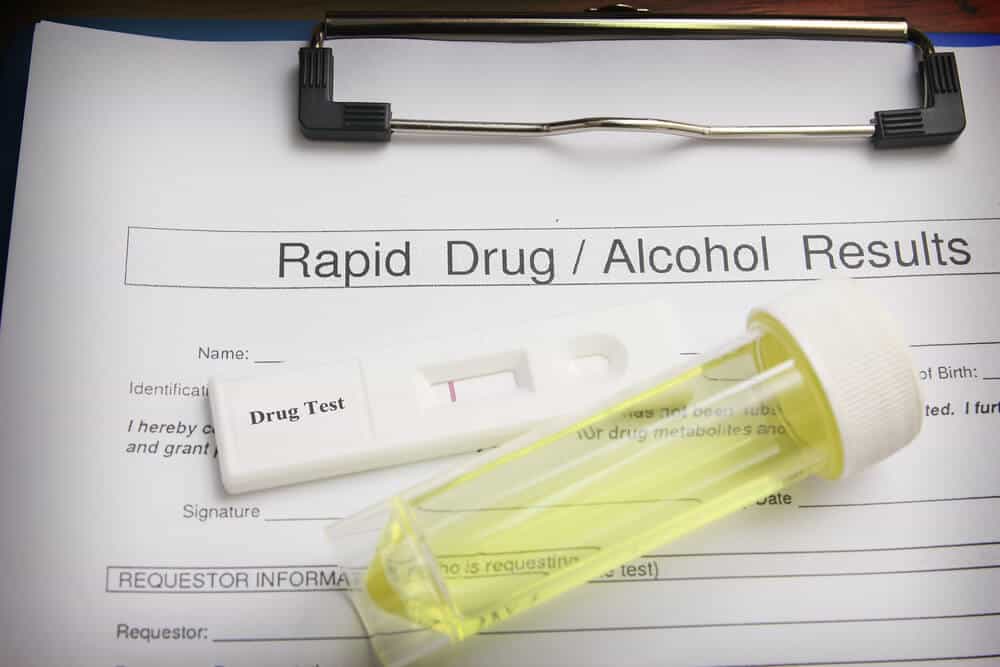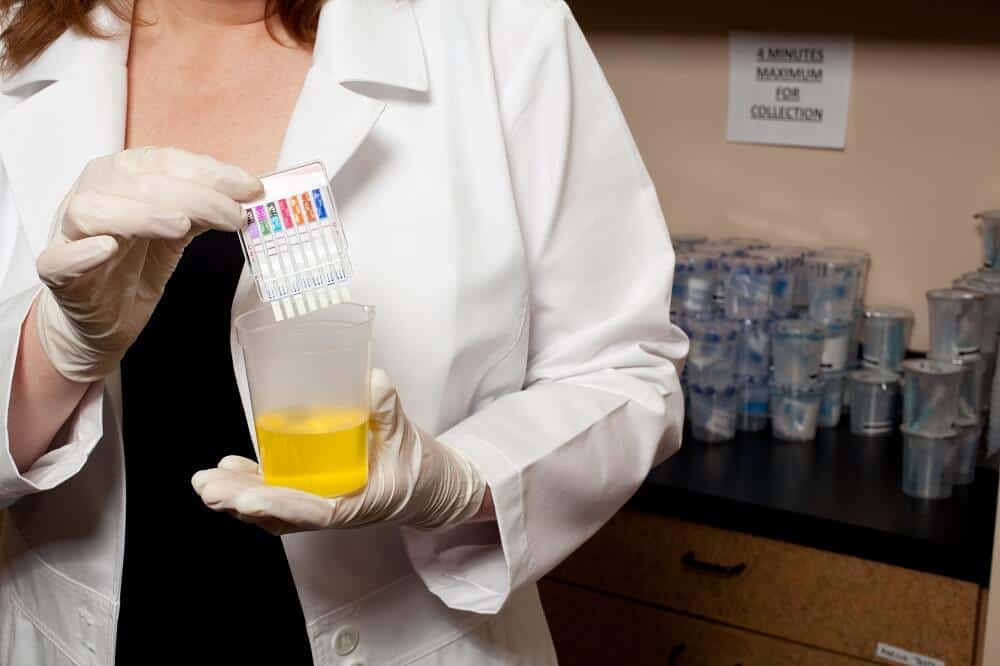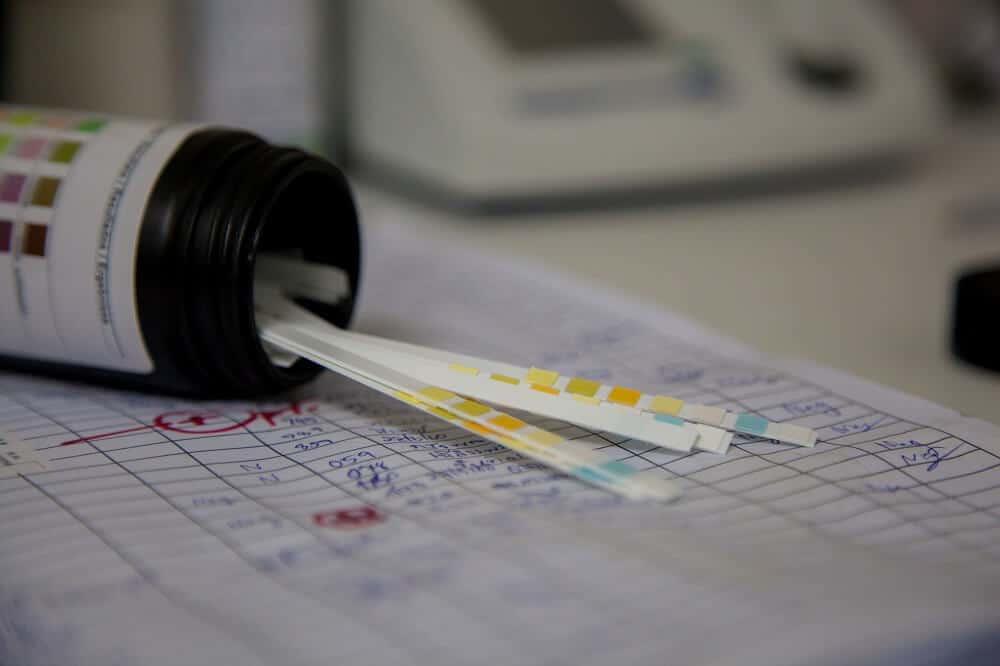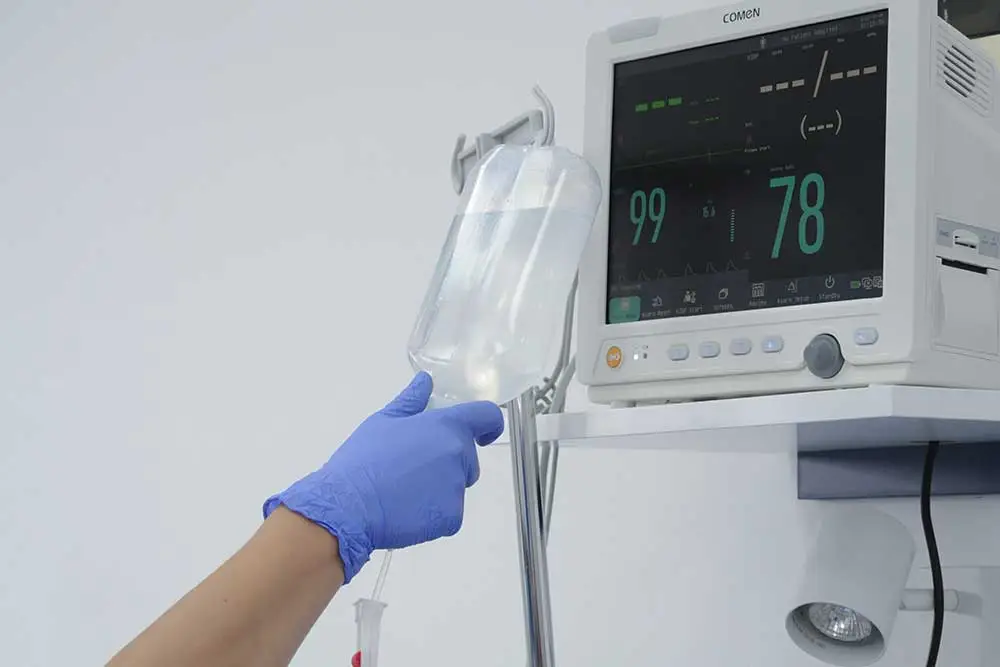What is a drug test and how does it work?
A drug test is a generalized method of testing, i.e. determining the presence of narcotics in the addict’s system. There are several ways a drug test can be done. On the other hand, depending on the method of testing and the type of psychoactive substance, the retention time of the narcotic in a person’s body is different.
Drugs are all types of psychoactive substances that can cause addiction. The most commonly consumed drugs are marijuana, cocaine, heroin, as well as other opiates. At the same time, although alcoholic beverages are legalized for use, alcohol is a psychoactive substance that, after continuous abuse over a relatively long period of time, causes addiction, i.e. alcoholism. Therefore, it can be safely said that alcohol also belongs to the type of drug.
Drug addiction in most cases begins as experimental or recreational use in the adolescent period. Young people are most susceptible to drug consumption in that period of life. Insecurity, searching for one’s own identity, peer pressure, tendency to prove oneself…
All these factors influence teenagers to experiment with or start using drugs. Research has shown that most young people first encounter marijuana between the ages of 15 and 16, while heroin and other opiates tend to be introduced later, around the age of 19. Despite numerous campaigns both in our country and globally highlighting the dangers of drug use, unfortunately, drug consumption—especially among young people—continues to rise rather than decline.
There are many ways to recognise a drug addict, but what truly matters is identifying addiction in its early stages, as this offers the best chance of successful treatment. If you suspect that your child, a family member, or someone close to you is abusing drugs, a drug test can help confirm or dispel your concerns.
How is a drug test done?
If you’re wondering how to carry out a drug test, there are several methods available.
A drug test can be conducted using blood, urine, saliva, or hair, depending on the intended purpose. The urine drug test is the most commonly used due to its simplicity, affordability, and quick results. It is also capable of detecting the presence of psychoactive substances from the past few days of drug use.
The duration of a drug’s effects should not be confused with how long the drug stays in the system!
The effects of a drug, depending on the type of psychoactive substance, can wear off relatively quickly after consumption. However, this does not mean the drug has completely left the system. In some cases, it can remain in the body for days, or even several months, after the effects have subsided. For instance, the “high” from cocaine typically lasts between 15 to 30 minutes, but traces of the drug can be detected for up to 3 months with a hair drug test. Alternatively, a cocaine blood test can reveal the presence of the drug within 24 hours of consumption.
Blood Drug Test
A blood drug test is a reliable method for detecting drug or alcohol use, particularly when recent consumption is suspected. As drugs are quickly metabolised and eliminated from the body, blood testing provides only a short detection window. Depending on the type and dosage of the drug, its presence can be identified in the bloodstream within minutes to several hours.
Generally speaking, this type of test typically refers to a laboratory drug test. More specifically, blood drug testing is conducted in laboratories. As a result, there is no single, standard price for a blood drug test, as costs can vary. However, it can also be carried out in a specialised addiction treatment clinic.
Blood can be tested for the presence of various drugs, including:
- Alcohol
- Amphetamines
- Barbiturates
- Benzodiazepines
- Cocaine
- PCP (phencyclidine)
- Marijuana
- Methadone
- Opiates, including heroin
Note: MedTim Clinic does not conduct drug testing. This blog is for informational purposes only.

Urine Drug Test
As mentioned earlier, the urine drug test is one of the most common methods for detecting narcotics in the body. It is quick, cost-effective, and completely painless, which is why it is often referred to as a rapid drug test. A person provides a urine sample, which is then analysed in a laboratory or an authorised clinic. Alternatively, urine drug tests can be purchased from pharmacies for home use. In this case, the price will vary depending on the manufacturer.
A urine drug test can detect the presence of a drug itself, its metabolites, or other biomarkers that indicate drug use or misuse. A drug biomarker is any measurable substance that appears in the body after drug consumption. Metabolites, a type of biomarker, remain in the body as the drug is processed and broken down.
It is important to note that a urine drug test detects drug use in the immediate or recent past. In other words, this test is generally not used as evidence of addiction or intoxication. Drugs can typically be detected in urine for a few days after the last use, though this depends on several factors. These include the type of drug, the amount and frequency of use, and the rate at which the substance is metabolised and eliminated from the body.
The following drugs can be detected through a urine drug test:
- Amphetamines
- Methamphetamines
- Benzodiazepines
- Barbiturates
- Cannabis
- Cocaine
- Methadone
- PCP (phencyclidine)
- Opiates (including heroin)
Note: MedTim Clinic does not conduct drug testing. This blog is for informational purposes only.
Hair Drug Test
A hair drug test can detect the presence of narcotics or alcohol within the hair follicle or the surrounding area. Unlike a urine drug test, which typically identifies drug use within the past few days, a hair drug test can reveal the presence of psychoactive substances over a much longer period. This is the primary advantage of the test, as it provides the broadest “window” for detecting drug use.
Depending on the sample and the length of the hair, a hair drug test can detect the presence of narcotics and alcohol for a period ranging from 7 to 90 days after the last use.
A hair drug test is one of the most effective methods for detecting persistent or recurrent drug abuse. If a person uses a drug only once, it is less likely that the test will return a positive result. Additionally, this test is precise and useful for determining not only when and for how long the drug was used but also whether the use of psychoactive substances has ceased.
Since this test is conducted in a laboratory or addiction treatment centre, the cost of a hair drug test will vary depending on the facility. Compared to other testing methods, the hair drug test is generally more expensive.
Typically, this test is used to detect the presence of the following drugs:
- Amphetamines
- Methamphetamines
- Ecstasy
- Cannabis
- Cocaine
- PCP
- Alcohol
Note: MedTim Clinic does not conduct drug testing. This blog is for informational purposes only.
Saliva Drug Test
The saliva drug test, also known as a drug screening test, detects traces of psychoactive substances in a person’s saliva. This method can identify the presence of narcotics or alcohol in their system. Other terms for a saliva drug test include a swab drug test, oral drug test, or cotton swab drug test.
It is the least invasive drug test, as there is no need for a needle to draw blood.
- A saliva sample is collected from the person’s mouth using a swab.
- The sample can be analysed immediately or sent to a laboratory for testing to determine the presence of drugs.
- The test requires minimal preparation, although the person may be asked to refrain from eating or drinking for 10 minutes before the test.
The following narcotics can be detected through a saliva drug test:
- Amphetamines
- Methamphetamines
- Barbiturates
- Benzodiazepines
- Heroin and other opiates
- Cannabis (marijuana, THC)
- PCP (phencyclidine)
- Alcohol
Note: MedTim Clinic does not conduct drug testing. This blog is for informational purposes only.

How Long Do Drugs Stay in the Blood?
Numerous factors determine how long a drug or alcohol stays in the blood after consumption:
- Type of drug used
- Amount of drug used
- Frequency of use
- A person’s hydration level and body weight
- Physical activity level
- Degree of drug tolerance
- Medical conditions affecting drug elimination
- Presence of other drugs or alcohol in the system
We will now discuss how long psychoactive substances remain in a person’s system, considering both the type of drug and the blood drug test results.
Marijuana Test – How Long Does Marijuana Stay in the Blood?
How Long Does Heroin Stay in the Blood?
How Long Does Methadone Stay in the Blood?
Cocaine Blood Test – How Long Does Cocaine Stay in the Blood?
How Long Does Methamphetamine Stay in the Blood?
How Long Does Ecstasy Stay in the Blood?
How Long Does Alcohol Stay in the Blood?
Drug Test Price – Are These Tests Reliable?
A common question people ask is whether drug tests are reliable and if they can show a false positive. Unfortunately, individuals who are suspected of drug use and asked to take a test often do not see the good intentions behind the request. Rather than understanding that you want to help and potentially save their lives, they may try to “cheat” the test.
When parents decide to test their child, they often inform them in advance. This is usually due to a lack of understanding that drugs don’t stay in the body for long, especially when tested through blood or, more commonly, urine.
If a person hasn’t used drugs for only a few days, the test will likely be negative. Similarly, if a person dilutes their urine by drinking large amounts of fluid or adding water before the test, it may result in a false negative. A drug test can also show a negative result if certain chemicals are added to the urine, which is why it’s important to pay attention to the colour and appearance of the urine. Additionally, the test can be negative if someone else’s urine is substituted.
For this reason, it’s important for parents to supervise their children to prevent any attempts to “cheat” the tests.
It’s also worth noting that the price of a drug test depends on factors such as the testing method, the manufacturer, and the institution or centre where the test is conducted. This applies even if you’re purchasing a drug test from a pharmacy. The price can vary from one pharmacy to another, depending on the test’s purpose, type, and the manufacturer. It’s a good idea to enquire about the price range before purchasing a drug test from a pharmacy, as well as which drugs the test is designed to detect.
What if the drug test result is positive?
If the result of a drug test is positive, it serves as a significant alarm, confirming the presence of drugs in the person’s body. At this point, it is crucial to have an urgent conversation with the individual, offer support, and work to prevent further drug abuse. Continued use of narcotics and alcohol can lead to numerous side effects. In addition to the development of addiction, some harmful effects of drug consumption, which often coincide with addiction, include:
- Hallucinations
- Memory loss
- Blood clots (thrombi), which can lead to heart attack and stroke
- Compulsive and uncontrollable behaviours
- Stevens-Johnson syndrome (a dangerous and sometimes life-threatening disease affecting the skin and mucous membranes)
- Cancer
- Suicidality, suicidal thoughts, and behaviour
- Death
As mentioned, if the drug test result is positive, it is crucial to take immediate steps to prevent further consumption and the progression of addiction.
Note: MedTim Clinic does not conduct drug testing. This blog is for informational purposes only.

MedTim – For a Life Without Drugs!
MedTim Addiction Clinic is a specialised treatment facility staffed by world-renowned doctors with decades of experience in treating all forms of addiction. With our expert medical team and a unique, innovative treatment program, we successfully address both physical and psychological addiction, offering one of the highest success rates in the field.
Thousands of patients from all over the world testify to the success of our treatment! In the case of a positive test, you can always contact us, as we know how to prevent further drug use and help fully cleanse the body of harmful substances (detoxification).
Upon the patient’s admission, and following the internist’s examination, we conduct diagnostic tests, including blood and urine analysis. Based on these results, we assess the level and quantity of narcotics in the body, after which we proceed with a completely painless and safe detoxification process. The use of modern treatment methods, combined with an individualised approach, ensures exceptional care and healing for every patient. Regardless of the severity or intensity of the addiction, we treat each patient with the utmost care to free them permanently from addiction, a life-threatening condition!
Feel free to contact us at any time! We are available 24/7 for you.



